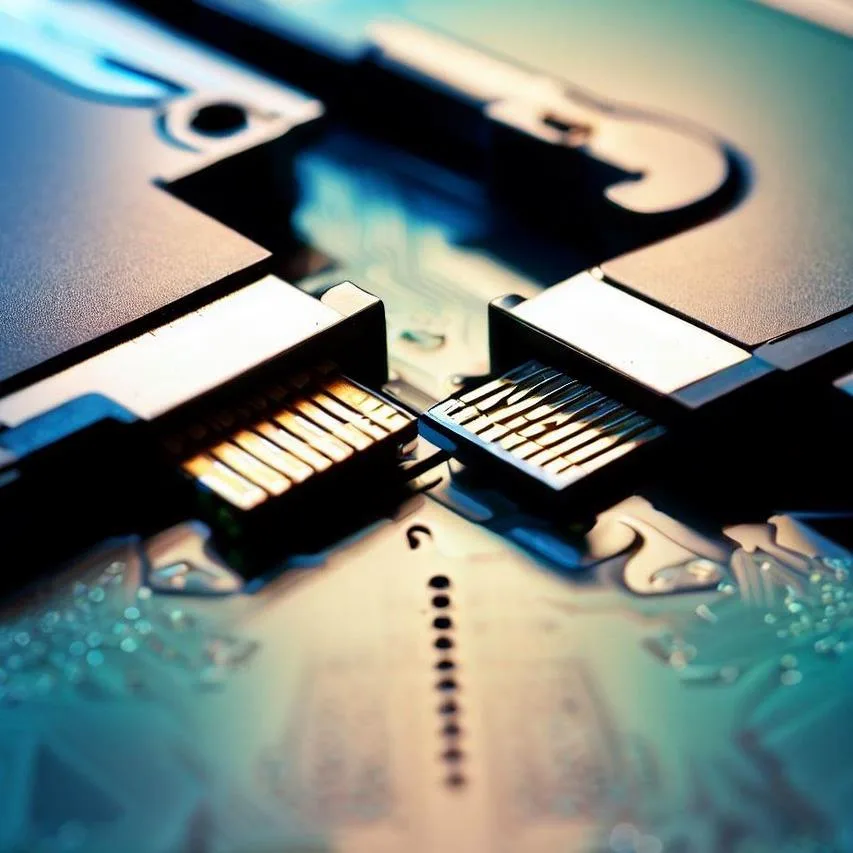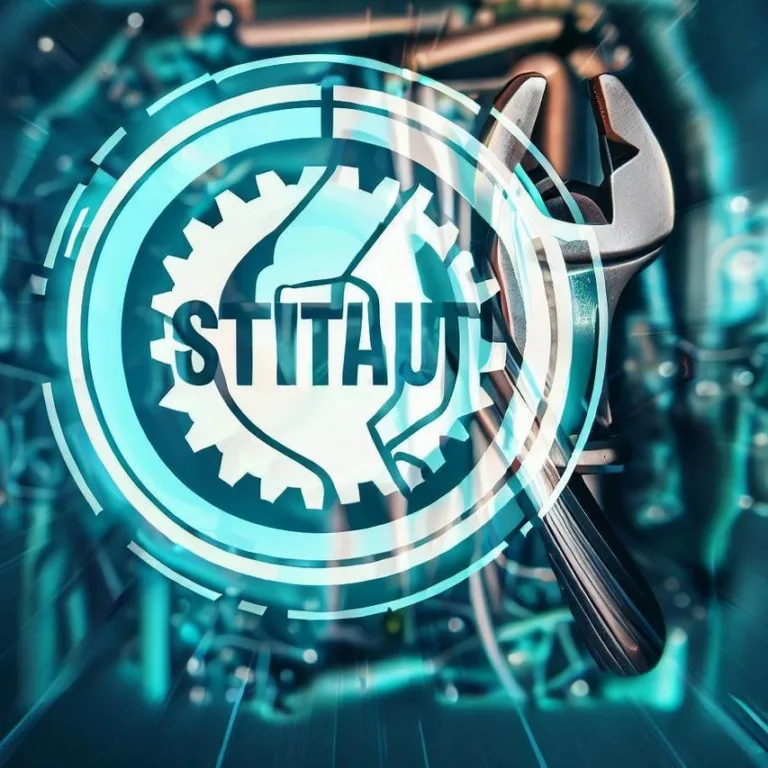Welcome to our in-depth analysis of the SATA2 and SATA3 interfaces, focusing on their differences, performance capabilities, and how they impact SSD technology. Both SATA2 and SATA3 are generations of the Serial ATA (SATA) interface, which connects storage devices like SSDs to computers. In this article, we’ll explore the key distinctions between SATA2 and SATA3, shedding light on their advantages and helping you make informed decisions.
Sata ii: understanding the basics
SATA2, also known as SATA 3Gb/s, is the second generation of the SATA interface. It was introduced to the market as an upgrade over the original SATA1, offering faster data transfer rates and improved efficiency. SATA2 operates at a maximum data transfer rate of 3 gigabits per second (Gbps) or approximately 375 megabytes per second (MB/s).
Sata iii: unveiling the advancements
SATA3, or SATA 6Gb/s, is the third generation of the SATA interface. It represents a significant advancement over its predecessors, boasting double the data transfer rate of SATA2. With a maximum transfer rate of 6 Gbps or around 750 MB/s, SATA3 facilitates quicker data access and reduced load times.
Sata2 vs. sata3 ssd performance
When it comes to SSDs, the choice between SATA2 and SATA3 can impact overall system performance. SATA3 SSDs typically deliver faster read and write speeds compared to their SATA2 counterparts. This means that tasks such as booting up the operating system, launching applications, and transferring large files are executed more swiftly on SATA3 SSDs.
SATA2 vs. SATA3: Sequential Read/Write Speeds
SATA2 SSDs generally offer sequential read speeds of around 250-300 MB/s and sequential write speeds of about 150-200 MB/s. On the other hand, SATA3 SSDs can achieve sequential read speeds of 500 MB/s or more and sequential write speeds of 300 MB/s or higher. This substantial difference in speed is particularly noticeable during resource-intensive tasks.
SATA2 vs. SATA3: Random I/O Performance
SATA3 SSDs also excel in random I/O performance, which relates to the SSD’s ability to handle small, scattered read and write requests efficiently. This is crucial for tasks like multitasking and running various applications simultaneously. SATA3 SSDs typically exhibit better random I/O performance, resulting in smoother multitasking experiences.
Sata ii speed and compatibility
While SATA3 offers impressive speed improvements, it’s important to note that the actual speed benefit depends on various factors. If your system components, such as the motherboard and SSD, support SATA3, you can fully leverage its speed potential. However, if your system only supports SATA2, you’ll still benefit from using an SSD but won’t experience the maximum speeds that SATA3 can offer.
Sata2 vs. sata3: making the choice
The decision between SATA2 and SATA3 depends on your specific needs and system configuration. If you have a modern system with SATA3 support, opting for a SATA3 SSD is likely to provide better performance. On the other hand, if your system is older and supports only SATA2, you can still enjoy a significant performance boost by upgrading to an SSD, even if it’s a SATA2 variant.
Q: Can I use a SATA3 SSD with a SATA2 interface?
A: Yes, you can. SATA3 SSDs are backward compatible with SATA2 interfaces. While you won’t achieve the maximum speed potential of the SSD, you’ll still experience improved performance compared to traditional hard drives.
Q: Are there any disadvantages to using SATA3 SSDs on a SATA2 system?
A: The main disadvantage is that you won’t be able to fully harness the speed benefits of the SATA3 SSD. However, you’ll still enjoy improved boot times, application launch speeds, and overall responsiveness compared to using an HDD.
Q: Do I need to upgrade my system to SATA3 for a significant performance boost?
A: Upgrading to SATA3 can provide a noticeable performance boost, especially if you use applications that require high-speed data access. However, even on a SATA2 system, upgrading to an SSD, whether SATA2 or SATA3, will greatly enhance your computing experience.
Q: Is SATA3 the latest SATA interface available?
A: No, SATA3 is not the latest interface. SATA3.2 and SATA3.3 have been introduced with even faster data transfer rates and additional features. However, these interfaces are less common and may not offer substantial benefits for most consumer applications.
Q: What should I consider when choosing between SATA2 and SATA3 SSDs?
A: Consider your system’s compatibility, your budget, and your performance requirements. If your system supports SATA3 and your budget allows, a SATA3 SSD is a great choice. If you’re working with a SATA2 system, a SATA2 SSD is still a significant upgrade over traditional HDDs.







